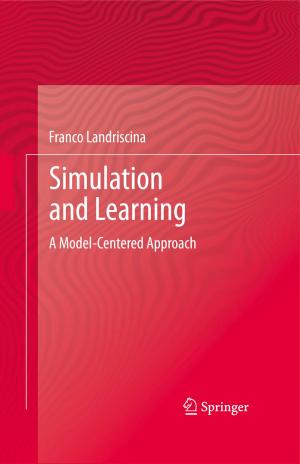Defining Street Gangs in the 21st Century
Fluid, Mobile, and Transnational Networks
Nonfiction, Social & Cultural Studies, Social Science, Crimes & Criminals, Criminology| Author: | C.E. Prowse | ISBN: | 9781461443070 |
| Publisher: | Springer New York | Publication: | July 13, 2012 |
| Imprint: | Springer | Language: | English |
| Author: | C.E. Prowse |
| ISBN: | 9781461443070 |
| Publisher: | Springer New York |
| Publication: | July 13, 2012 |
| Imprint: | Springer |
| Language: | English |
In contrast to the pattern of long-standing occidental street gangs modelled in the North American paradigm, new-age gangs have appeared as loosely organized, with a high degree of interchangeability of their membership. Associated with this structural fluidity is an equally significant geographic mobility, which paradoxically does not appear to diminish the intensity of personal bonds formed within and between ‘new-age’ gangs. The dimensions of fluidity of gang membership and geographic mobility across police jurisdictions is increasingly seen as the organizational pattern of emerging gangs, in large part shaped by worldwide patterns of human migration and globalization. While the structure of new-age gangs appears as loose-knit, what must be emphasized is that this characteristic is reflective of a criminal network of economic commodity-based ‘turf’ as opposed to a close-knit geographically anchored ‘turf’ that has characterized the prevailing North American (occidental) gang model. This volume illuminates the structure and organization of increasingly emergent, fluid and mobile, new-age gangs within the context of transnational networks. The implications for law enforcement agencies is two-fold: i) the fluidity of new-age gang players challenges investigative techniques that remain predicated on suspect recognition through modus operandi repetition by those involved, and; ii) the movement of new-age gang players across police jurisdictions challenges the sharing of police information. This innovative work will be of interest to researchers in Criminology and Criminal Justice, as well as related disciplines including Sociology and Anthropology studying gangs and group-organization. It has strong implications for practitioners and professionals working in law enforcement, public policy, or with at-risk youth/young adults.
In contrast to the pattern of long-standing occidental street gangs modelled in the North American paradigm, new-age gangs have appeared as loosely organized, with a high degree of interchangeability of their membership. Associated with this structural fluidity is an equally significant geographic mobility, which paradoxically does not appear to diminish the intensity of personal bonds formed within and between ‘new-age’ gangs. The dimensions of fluidity of gang membership and geographic mobility across police jurisdictions is increasingly seen as the organizational pattern of emerging gangs, in large part shaped by worldwide patterns of human migration and globalization. While the structure of new-age gangs appears as loose-knit, what must be emphasized is that this characteristic is reflective of a criminal network of economic commodity-based ‘turf’ as opposed to a close-knit geographically anchored ‘turf’ that has characterized the prevailing North American (occidental) gang model. This volume illuminates the structure and organization of increasingly emergent, fluid and mobile, new-age gangs within the context of transnational networks. The implications for law enforcement agencies is two-fold: i) the fluidity of new-age gang players challenges investigative techniques that remain predicated on suspect recognition through modus operandi repetition by those involved, and; ii) the movement of new-age gang players across police jurisdictions challenges the sharing of police information. This innovative work will be of interest to researchers in Criminology and Criminal Justice, as well as related disciplines including Sociology and Anthropology studying gangs and group-organization. It has strong implications for practitioners and professionals working in law enforcement, public policy, or with at-risk youth/young adults.















